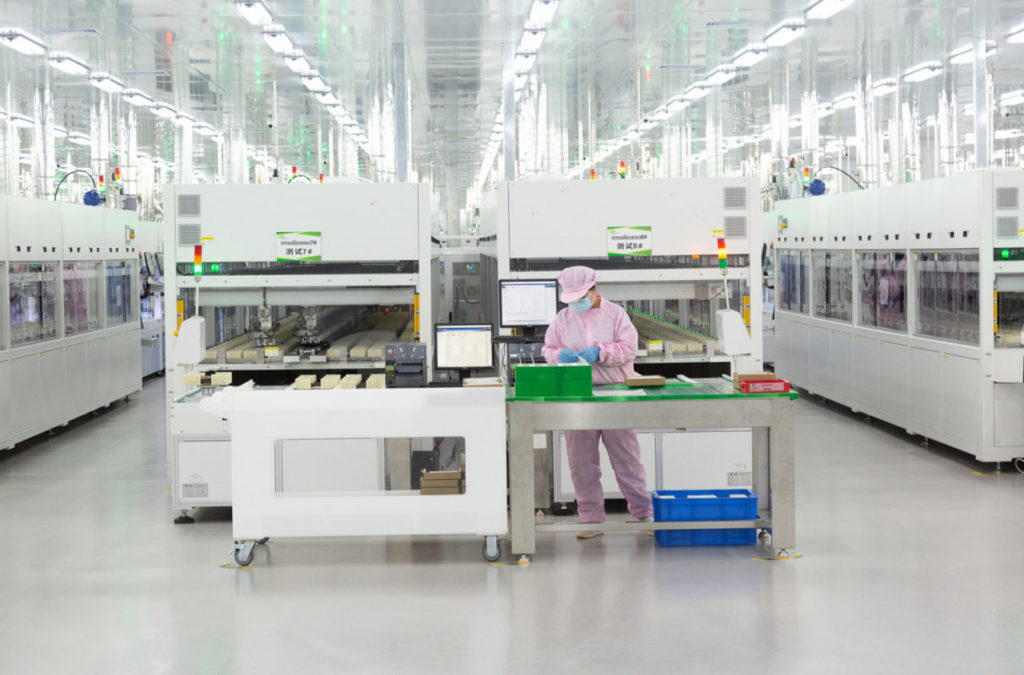
Chinese PV cell and module manufacturer SolarSpace has started cell production at its latest manufacturing facility, a 5GW factory in the Saysettha Development Zone in Laos, near the Thai border.
The facility is the company’s first manufacturing plant in Laos, and its second to be opened outside of China, following the start of commercial operations at a 1.2GW module facility in Cambodia in March this year. SolarSpace now operates a total of six manufacturing facilities, with a combined annual production capacity of 35GW, and will be keen to expand its operations elsewhere in Southeast Asia.
Unlock unlimited access for 12 whole months of distinctive global analysis
Photovoltaics International is now included.
- Regular insight and analysis of the industry’s biggest developments
- In-depth interviews with the industry’s leading figures
- Unlimited digital access to the PV Tech Power journal catalogue
- Unlimited digital access to the Photovoltaics International journal catalogue
- Access to more than 1,000 technical papers
- Discounts on Solar Media’s portfolio of events, in-person and virtual
While the company did not specify which of its cells would be produced at the facility, the news follows its presence at RE+ in the US earlier this month, at which it showed four products, two passivated emitter and rear cell (PERC) modules and two tunnel oxide passivated contact (TOPCon) modules.
While PERC modules have historically been among the most popular in the PV sector, their upper conversion efficiency of 23.5% is encouraging research into other types of module, most notably TOPCon modules, and similar technologies. SolarSpace will be hopeful that by expanding its manufacturing capacity of either type of module, it will be able to meet growing demand for modules in the global solar sector.
The news is also a positive development for the Laos solar sector. Last year, the country began construction on its first large-scale solar farm, a 50MW project in the south-east province of Attapeu, and the government has already made plans to expand its solar sector further.
According to government figures, the country’s energy mix is heavily reliant on hydropower, which accounts for meeting 81% of its energy demand, compared to just 2% for all other renewables, including solar.
The government aims to increase the contribution of renewables to 11% by 2025, and while SolarSpace did not specify where its Laos-made modules would be shipped, the presence of a major manufacturing facility in the country is an important step in demonstrating the viability of Laos as a country capable of significant solar investment.







